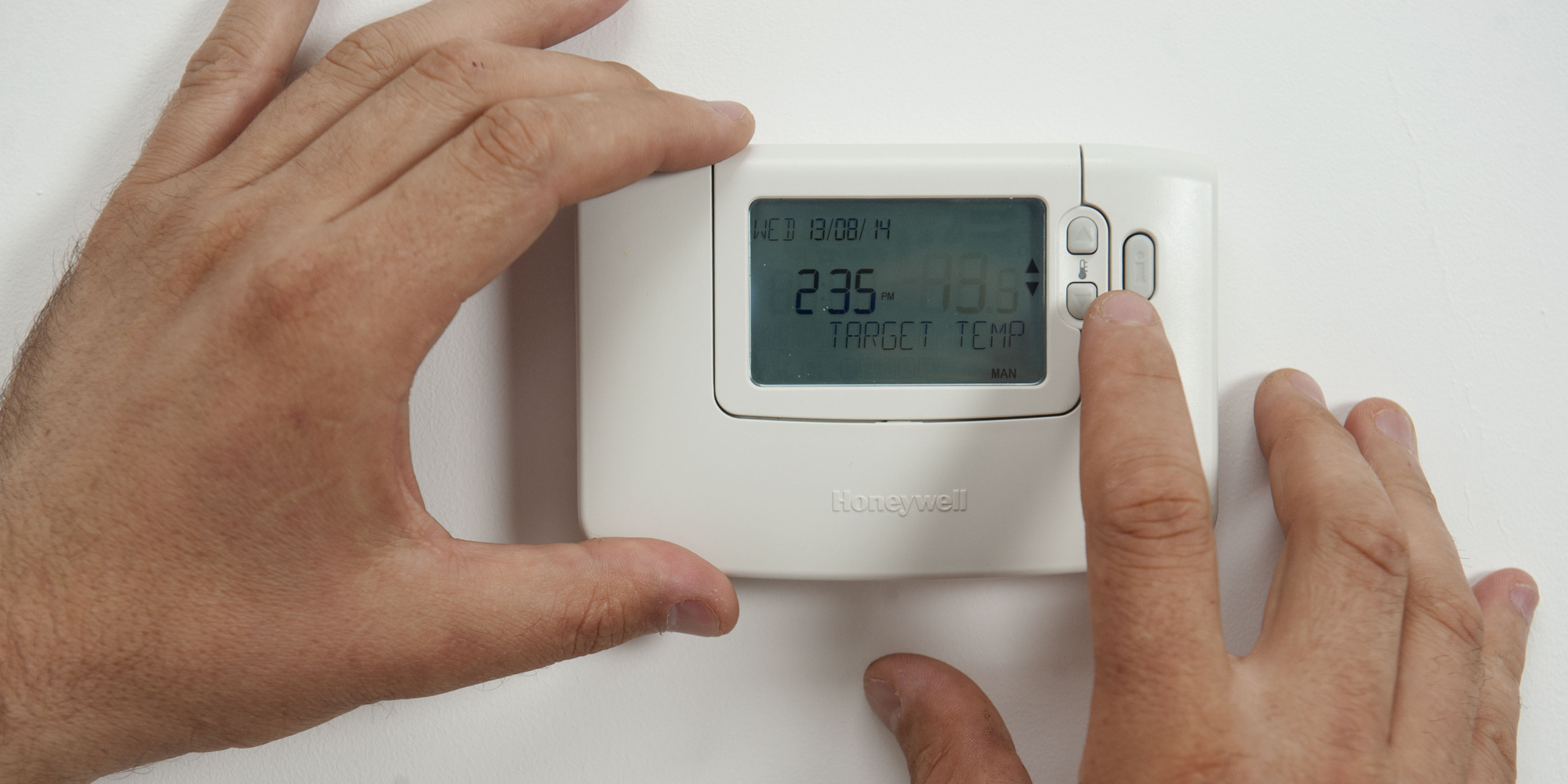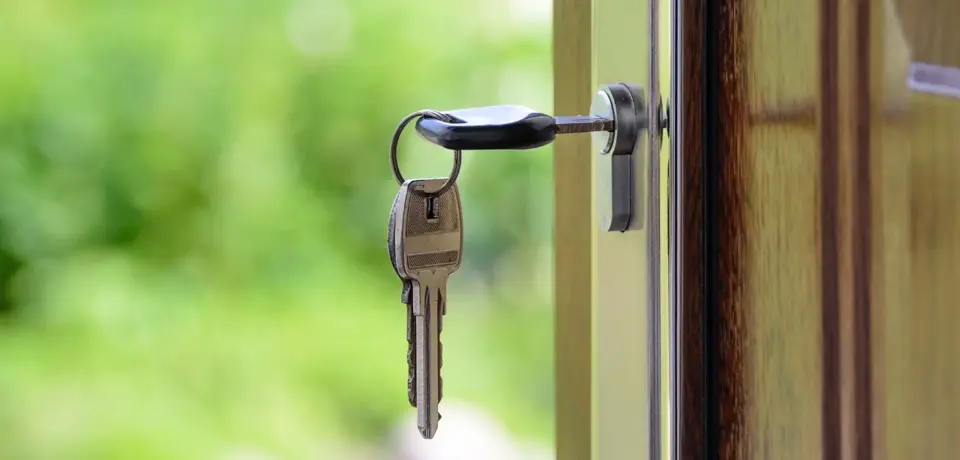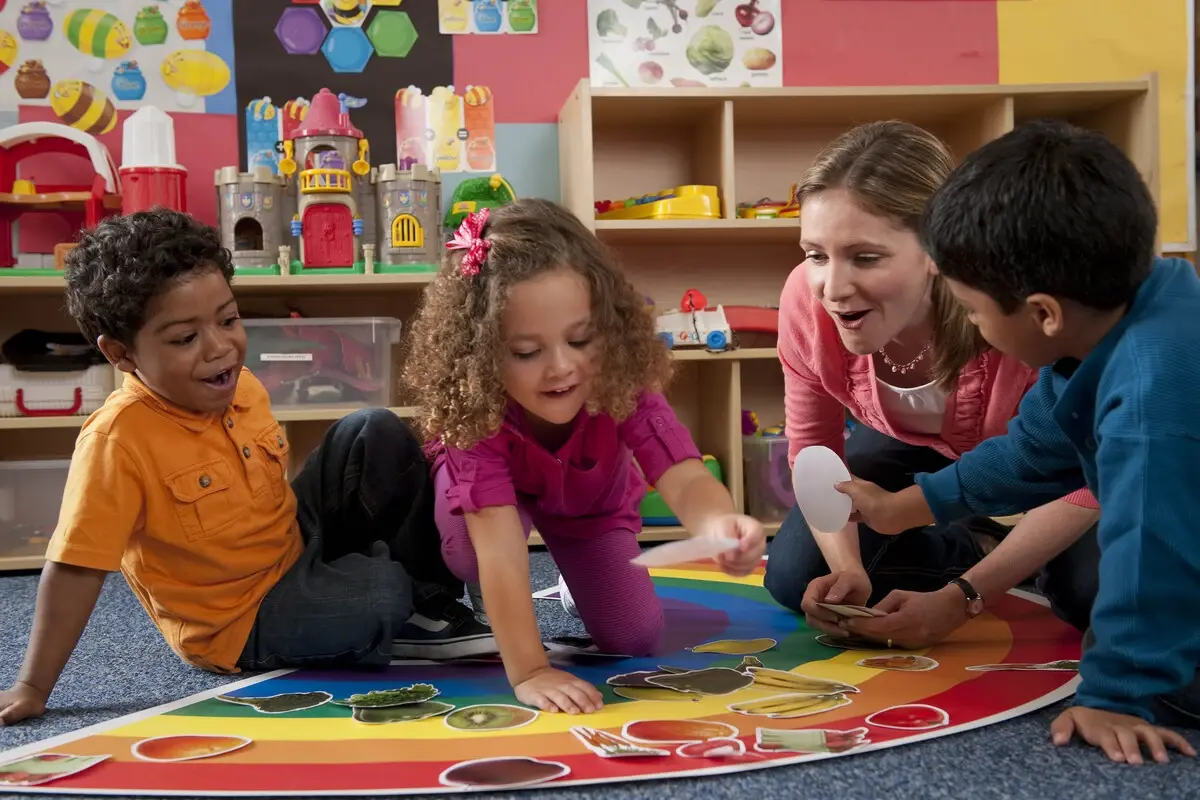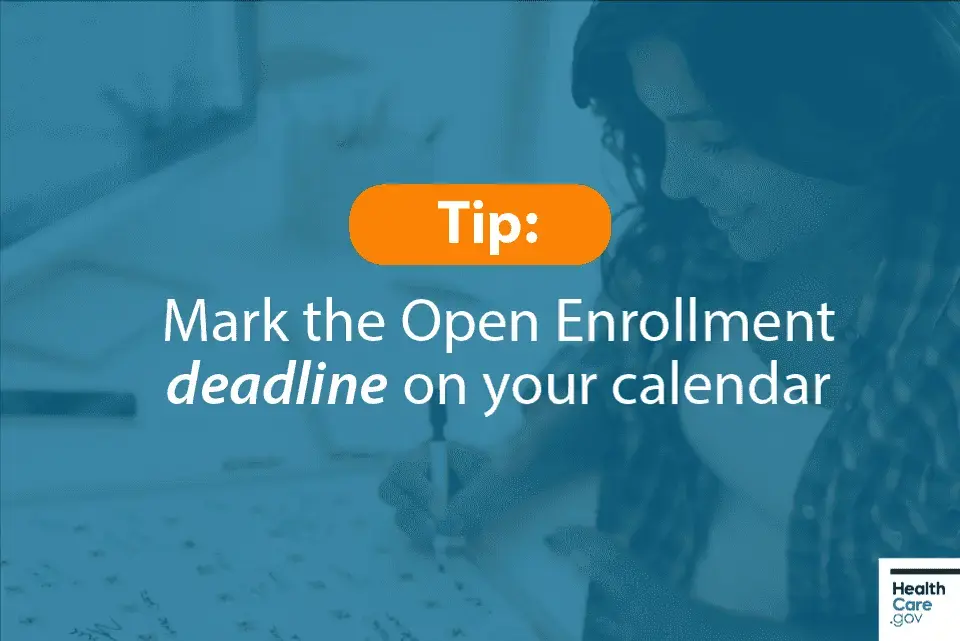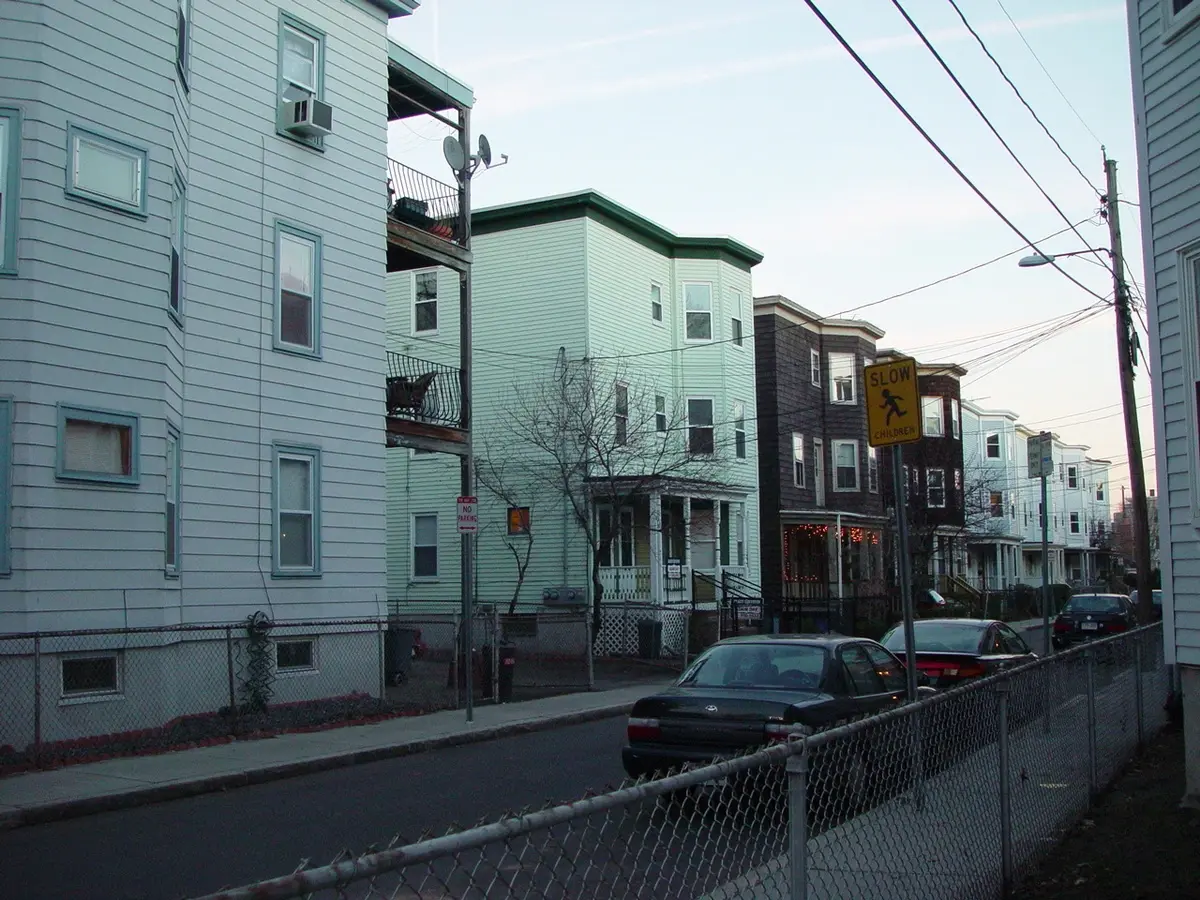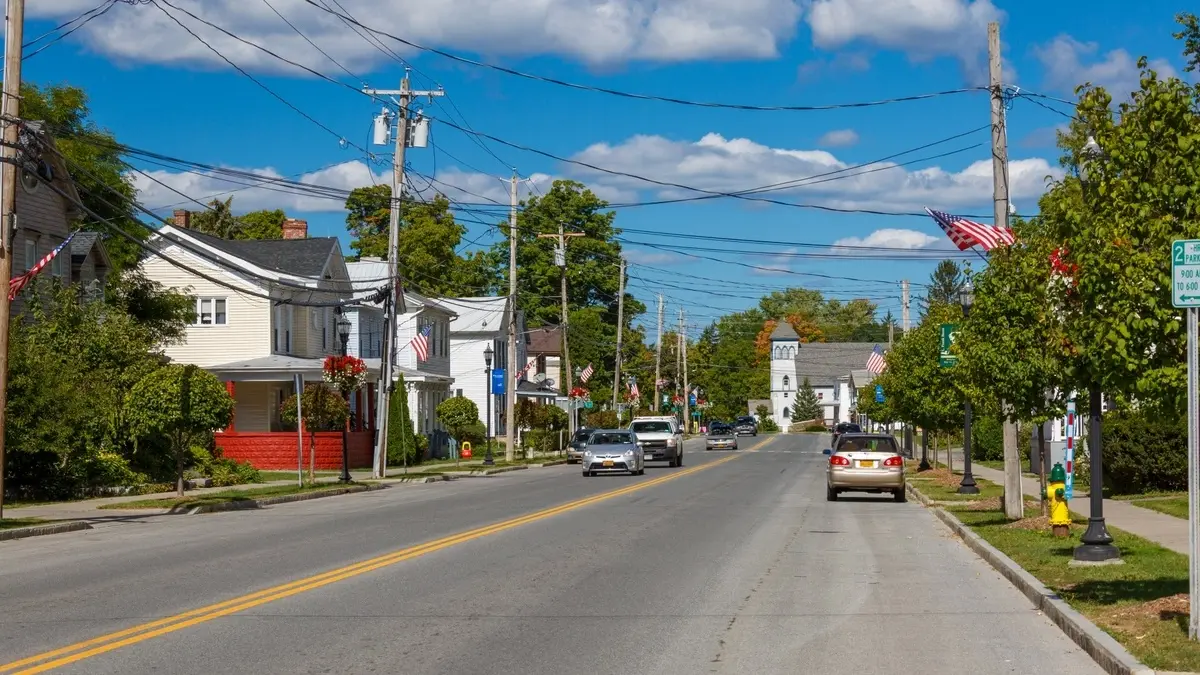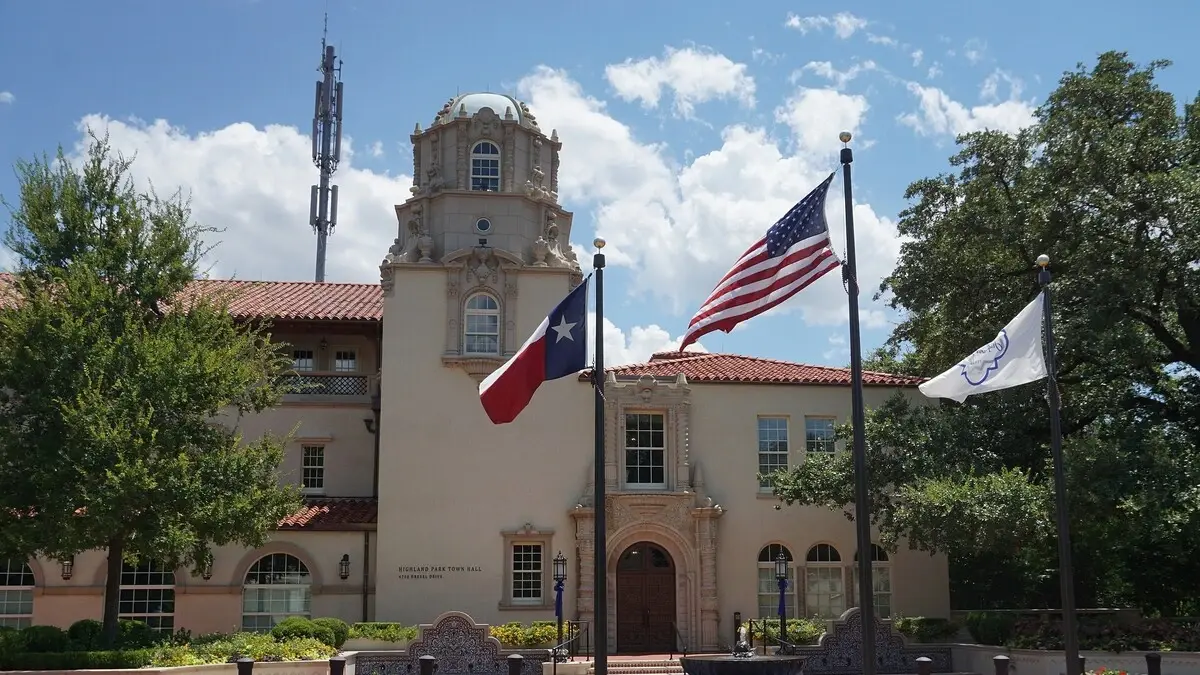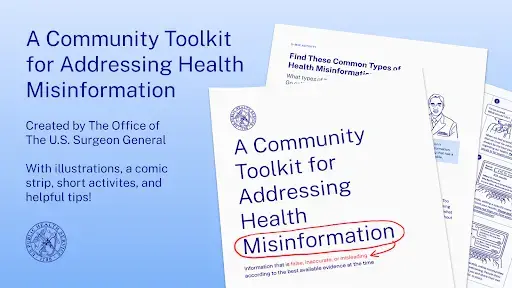Pandemic relief and economic recovery
Background
The COVID-19 pandemic caused both a public health and an economic crisis. The federal government responded with historic investments. What lessons about designing effective programs and strategies can we draw from them?
We’ve built a pandemic relief and economic recovery portfolio consisting of dozens of evaluations to begin to answer this question. Our work encompasses many agency priorities, such as housing, mental health, economic security, small businesses, and community safety.
Portfolio
We’ve partnered with federal agencies to conduct dozens of evaluations, some national and some site-specific, to better understand what worked to increase awareness of, access to, and allocation of federal recovery programs. The results offer a wealth of insights, such as what worked to connect thousands more callers in mental health crises to counselors, how one state saved tens of thousands of dollars by shifting away from an ineffective outreach technique, and which program change made it easier, faster, and more likely for people facing housing instability to access rental assistance.

